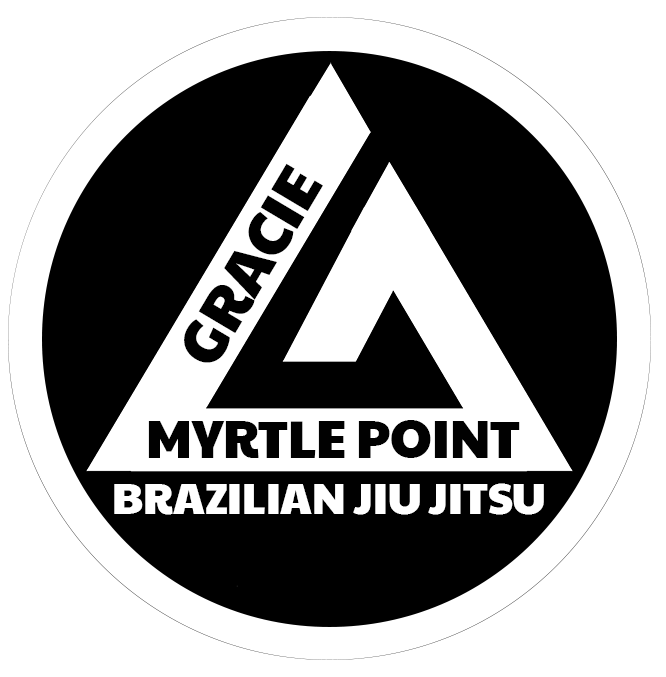Jiu Jitsu, often referred to as BJJ, is a grappling martial art that emphasizes technique and leverage over brute strength. It’s a challenging yet rewarding journey, and whether you’re a curious newcomer or a seasoned practitioner, here are some answers to commonly asked questions:
Jiu Jitsu leverages technique to control and submit your opponent. It’s known for its effectiveness regardless of size or strength differences.
Generally four years old is when children have the attention span and ability to productively train Jiu Jitsu.
Absolutely not! People of all ages and fitness levels can enjoy Jiu Jitsu.
No! Technique and leverage are key, making Jiu Jitsu accessible to all.
Jiu Jitsu caters to all fitness levels. There is no way to get in shape for Jiu Jitsu other than to do Jiu Jitsu. Instructors will adjust techniques to fit your needs.
Absolutely! Jiu Jitsu is a great self-defense tool for everyone, regardless of gender or age.
Yes! Many people start Jiu Jitsu to combat the feeling of vulnerability, particularly after a traumatic event. Our intro program is the perfect way to address your fears and comfortably ease into Jiu Jitsu.
Yes! Jiu Jitsu is a perfect first choice. Everyone is uncoordinated when they start. Even professional athletes appear clumsy when they first get on the mat.
To participate in a trial class, you will need a full water bottle, comfortable clothing like sweatpants or shorts without pockets and a t-shirt. Once you sign up you will need a Gi and eventually a pair of No Gi shorts and a rash guard. A mouth guard is recommended.
In Gi Jiu Jitsu the practitioner wears a traditional martial art Kimono. It emphasizes control, tenacity and grit. Gi Jiu Jitsu is typically slower paced due to its use of more intricate techniques and a heavy dependence on grips. No Gi, as the name suggests, is Jiu Jitsu without a Gi. The practitioners wear a rash guard and compression shorts allowing for a faster paced and more dynamic training session. Which is better is a contentious and highly debated topic.
Everyone starts with a white belt and progresses from there. Youth programs have several belts to encourage progression. After the age of sixteen the belt progression is Blue, Purple, Brown and then Black. BJJ also has Red and Coral belts to signify Grand Master’s.
Consistency is key. Aim for two to three classes per week for optimal progress.
Like any physical activity, there’s a risk of injury. However, Jiu Jitsu emphasizes safety and controlled practice..
Improved fitness, self-defense skills, confidence, focus, and stress relief.
Not at all! Jiu Jitsu is a journey of self-discovery, learning, and personal growth.
